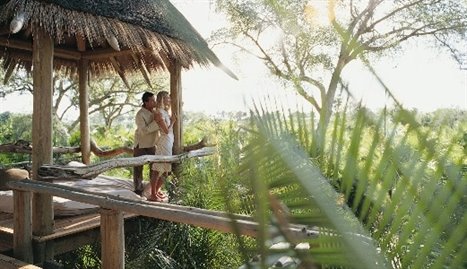2/16/2012
On February 15th, 2011, for one day only, The Museum of Belize (NICH) offered the general public a rare glimpse into the past by showcasing a magnificent and unique Maya Artifact that is near and dear to the nation of Belize and its people, the Jade Head of the Sun God, Kinich Ahau.
 |
| Unedited for purpose of realism of color and tones Photos by: Will Moreno |
It was a truly inspiring and amazing experience to work alongside the Museum of Belize (NICH) as the Jade Head of Kinich Ahau was unveiled to the public. Capturing images of visitors and the beautiful Maya artifact is an experience I will hold near and dear to my heart. Standing there capturing the images had me wondering what if this silent, yet so beautiful Maya Jade Head of Belize could speak. I can just imagine the wonderful stories of the life of the Maya that it would tell!
The famous Maya Jade head was discovered in 1968 by Dr. David Pendergast of the Royal Ontario Museum of Canada and several of his Belizean workers that were working at the Maya site of Altun Ha in Belize. The Maya Ruin of Altun Ha is conveniently located 31 miles north of Belize City off the old northern highway.
The Jade Head along with forty other objects were found in a large tomb that was located located just below the stair block on the Temple of The Masonry Altars (Structure B4). The roof of the tomb had already collapsed from the growth of the roots of trees growing at the site and penetrating the tomb. The tomb contained the remains of a elderly adult male, who was likely an important ruler of the famous Maya site during his time. Although the exact date the Jade Head was carved is unknown the analysis of the cultural remains found in the tomb dates back to somewhere around 600 and 650 A.D. It is believed that the Maya took months maybe even years to create such a significant jade masterpiece using the primitive carving tools of their time. The Maya Ruler may have commissioned an artist to to produce the Jade Head to commemorate the important events of his life and his time as ruler of the site. The Jade Head may have also been passed down from generation to generation finally ending up in this Maya ruler's tomb due to his importance.
This, not only beautiful, but also remarkable piece of Maya artwork, is significant because its the only one ever found in the Mundo Maya. It was carved from one solid piece of jade which was the most precious of stones to the Maya. According to the studies done on the Jade Head, it is believed that the large piece of jade that was used to carve this Maya masterpiece came from the Motagua River Valley area in Guatemala.
Weighing only 9.75 pounds and measuring 5.86 inches high, the magnificent Maya Jade Head of Kinich Ahau, The Maya Sun God has a marbled effect and resembles that beautiful green hue of the Caribbean Sea that caresses the shores of Belize. This is truly a Jewel of the Mayas and a Jewel of Belize. It is a sight to behold!
For more images of the wonderful experience you can check with the Museum of Belize (NICH) or Will Moreno

































